How to Measure Tire Tread Depth?
For the safety of drivers, tire tread depth must be known. A tire’s tread depth helps a tire have to perform, maintain control, and provide good traction. The car may easily wind up in a ditch if the tires don’t have regular tread depth.
A regular driver won’t always think about checking the tread depth of their tires. However, it’s a crucial component of regular tire maintenance that will keep your car on the road.
The lowest tire tread depth that is possible for your cars is 2/32″, but is there anything else you should know? Let us explain to you everything you need to know about the average tread depth of tires.
What Is Tire Tread Depth?
Your tires lose some of their effectiveness with increased use. The tread depth drops as the rubber gradually erodes. This reduces the amount of safe road grip that your tires can have. Tire tread depth is measured in fractions of an inch, generally 32nds and most new tires have a tread depth of 10/32′′ or 11/32′′. The tires become unsafe when the tread reaches 2/32″.
The experts at Consumer Reports advise having more tread depth than 6/32nds for winter driving to improve traction on icy roadways. The ideal depth in better weather is 4/32nds. It’s time to get new tires right now if yours are down to 2/32nds.
Role Of The Tire Tread
The main functions of a tire are to carry a load and to allow the vehicle to accelerate, brake, and turn. But beyond its functions, a tire is selected based on its expected performance, which is specific to your usage.
A tire will function better in some situations. It is the tread that plays an important role in achieving specific performance.
The tread surface’s sculpture’s grooves are necessary for the process. They will work better in specific situations, on snow, and on dry or wet roads, depending on how they are made.
The tread depth of the tire affects performance as well. For example, water drainage is crucial when driving on rainy roads, By doing this, you can delay the aquaplaning effect until you reach higher speeds and guarantee that the tire stays in contact with the ground.
Also Read: Difference Between Radial and Bias Tyres!
What Is a Good Tire Tread Depth?
A new tire usually has 10-11/32″ of tread depth, and the more tread a tire has, the better. Lower tread depths are not always a bad thing, either. Tire tread depth of 8/32″ is considered good, anything slightly below is still acceptable.
After this, 4/32″ is the recommended tread depth for tire replacement. At this point, The tires are rapidly losing their capacity to offer the required handling, traction, or stopping distance. Driving conditions could become dangerous as a result.
What is the Minimum Acceptable Tire Tread Depth?
The minimum tire tread depth that remains legal for street use is 2/32″. Right?
Not quite—the answer to this is a bit more complicated.
On the one hand, state rules vary regarding the minimum legal tread depth for tires. On the other hand, something isn’t always safe just because it’s legal. There is a huge difference between what the actual traction tires provide and what is legal.
Also Read: Industrial vs Agricultural Tires!
What Is The Tread Depth Of A New Tire?
Depending on the tire model and brand, the tread depth of a brand-new tire is typically between 10 and 11/32″. For tires on passenger cars, SUVs, and some light trucks, this is the standard tread depth. Replacement tires need to have a tread depth of 2/32″. As a result, the tires have about 8 to 9/32″ of life on them.
What Is The Legal Tire Limit Of The Tread Depth?
The minimum tread depth is 1.6 mm. It also means that to protect your safety and stay out of trouble with the law, you must replace your tires as soon as this limit is reached. However, it also suggests changing your tires before this point is premature.
At JCBL India, we design tires with performances made to last. In other words, they can continue to perform excellently until the very last kilometer, at which point the wear threshold is reached. There are two main reasons why JCBL India optimizes the longevity of its tires: less frequent tire changes save you money and are more environmentally friendly. This is why JCBL India creates tires that are effective up until they reach the minimum tread depth.
How to Check Tire Tread Depth?
There are different ways to measure tire tread depth. You can use a tread depth gauge, for an exact measurement of the left tread on your tires. Tread gauge is an affordable tool. if you don’t have a gauge handy You can use a penny in a pinch.
Of course, it’s time to see a local mechanic or tire shop if your car is experiencing hard handling and you can clearly see that the tires are bald.
1. Use Wear Bars
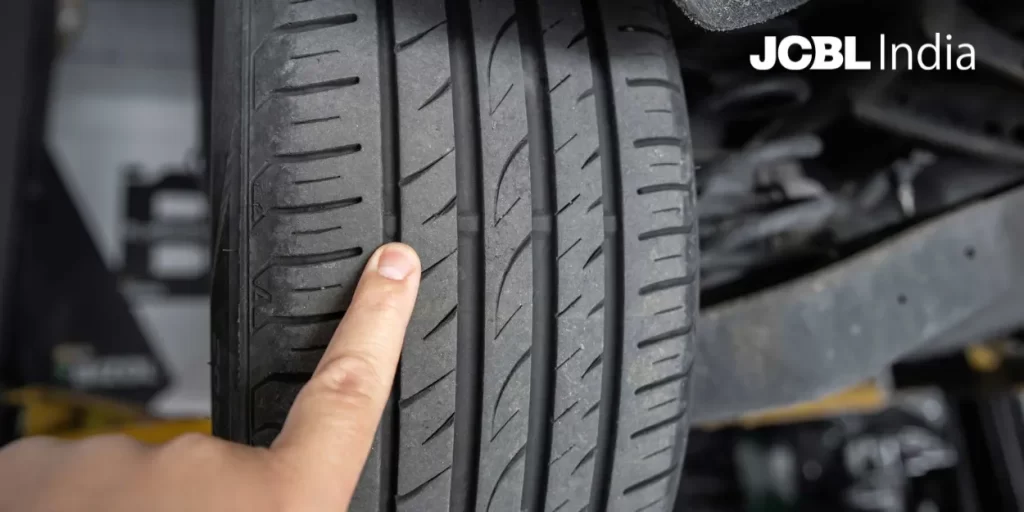
These indicator bars are positioned at 2/32′′ in the tire’s circumferential tread grooves, in between tread markings. Inspect the elevated wear bars that are perpendicular to the tread pattern visually. The tires are still good if the tread is above the wear bars. It is time for new tires if it is flush.
2. Use A Tire Tread Gauge
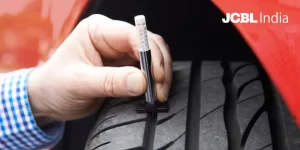
As previously mentioned, this device is essential for any glove box. One is available at your local car parts store. After placing the gauge on the tire tread’s upper surface, stretch the tire tread wear indicator into a tread pattern. Again, new wheels are required if the tread depth is 2/32″ or below.
3. Tire Penny Test
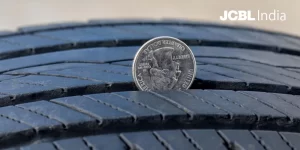
The penny tire tread test may be something you’ve previously heard about. It is a widely used technique to check the proper tire tread depth. It’s easy to measure tire tread depth with a penny. The best part of the tire tread depth penny trick is that it only requires one penny. However, keep in mind that the tread depth test with a penny does not provide exact measurements.
Summary
In summary, maintaining proper tire tread depth is vital for road safety. Regular checks, using tools like tread depth gauges or the penny test, help ensure tires provide adequate traction and control. While legal limits vary, prioritizing safety over legality is key. By monitoring tread depth regularly, drivers can anticipate when tire replacement is needed, extending tire lifespan and reducing costs.
Frequently Asked Questions
How Often Should You Check Your Tire Tread?
At least once a month, you should check the tire’s tread.
How Fast Does Tire Tread Wear?
Every 5,000–8,000 miles, tires usually see a 1/32″ wear in the tread depth. Yet, it depends on the type of tire and the compound utilized during manufacturing, as softer compounds tend to wear faster. In addition, driving behaviors and circumstances could accelerate the depreciation of tire tread.

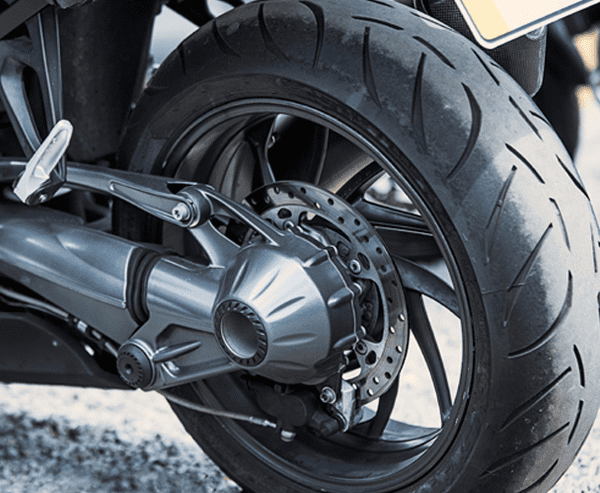
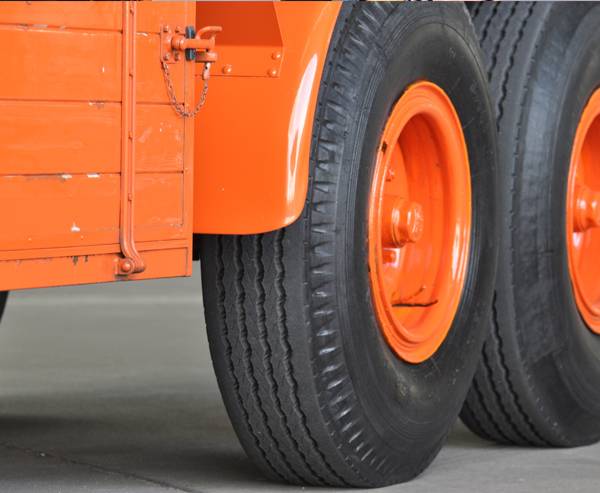
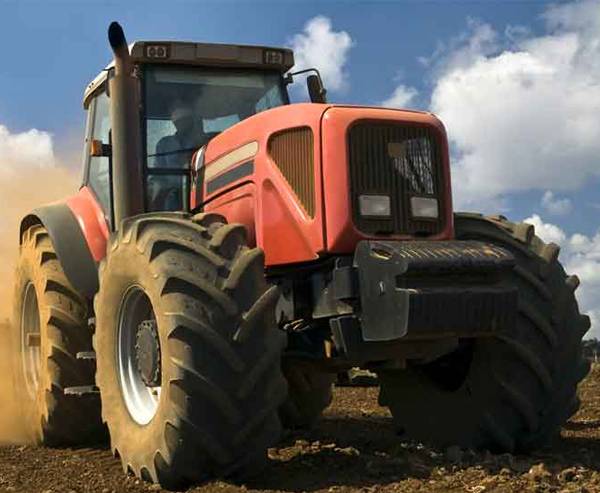
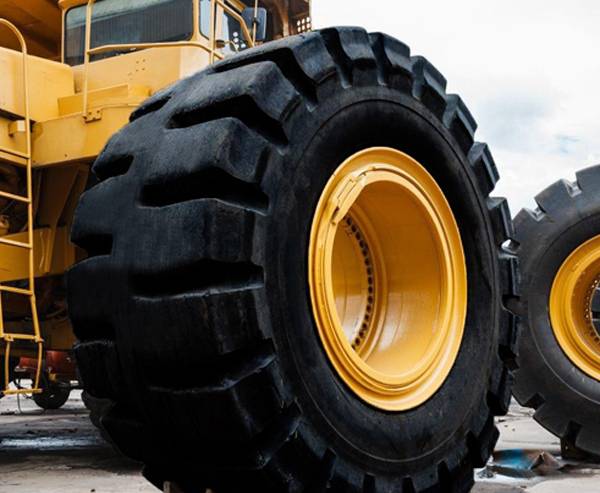
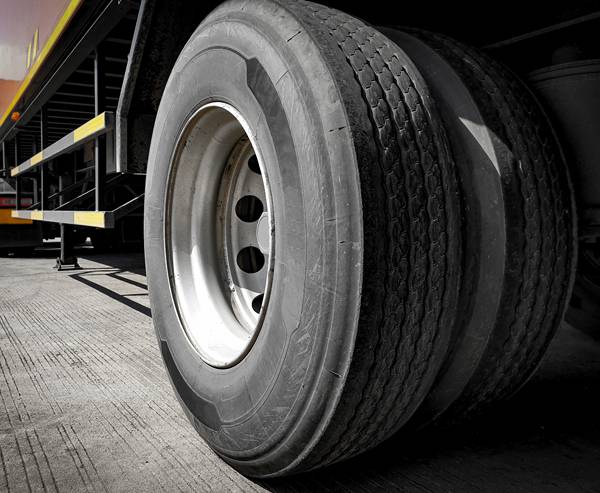
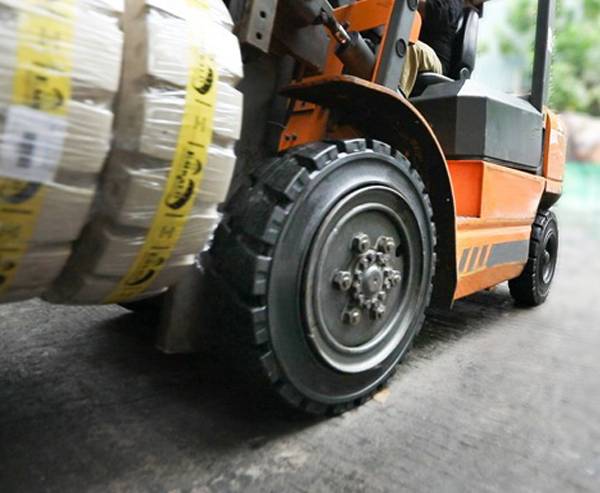





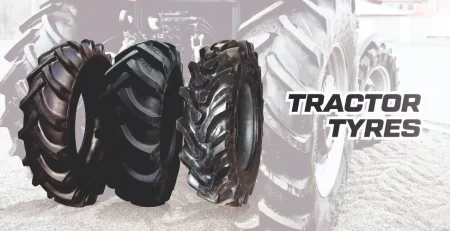


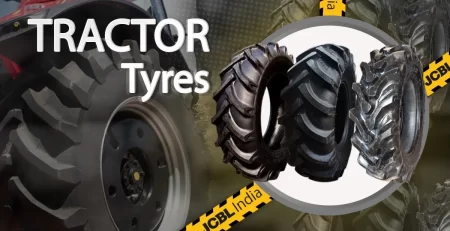



Leave a Reply